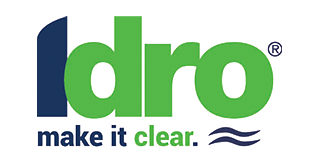What is activated carbon?
Activated carbon is a porous material made of amorphous carbon, characterized by an extremely high surface area. This allows it to adsorb numerous substances such as pollutants, solvents, dyes, hydrocarbons, and chlorine. Because of this, it is widely used in filtration, purification, and treatment processes for both liquids and gases.
Its high carbon content forms a three-dimensional sponge-like structure made up of tiny graphite crystals. Adsorption takes place through this microporous network, which traps unwanted molecules and improves the quality of water, air, and other fluids.
There are two main types of activated carbon:
- Vegetable carbon, made by physically activating plant-based materials (such as coconut shells). This type is especially suited for drinking water purification and for removing volatile organic compounds (VOCs), chlorinated solvents, and trihalomethanes—common causes of unpleasant odors and tastes.
- Mineral carbon, derived from fossil-based raw materials, is more effective in treating complex organic substances like pesticides, aromatic hydrocarbons, phenols, tannins, chlorine, and ozone. It is commonly used in industrial applications and for air and gas purification.
As mentioned, activated carbon is a porous material with strong adsorptive properties—ideal for filtering and purifying water and air. Its microporous structure captures chlorine, pesticides, heavy metals, surfactants, and PFAS, improving fluid quality. In wastewater treatment systems, it helps eliminate contaminants, reduce BOD and COD, and neutralize volatile compounds responsible for odors and toxic gases.






